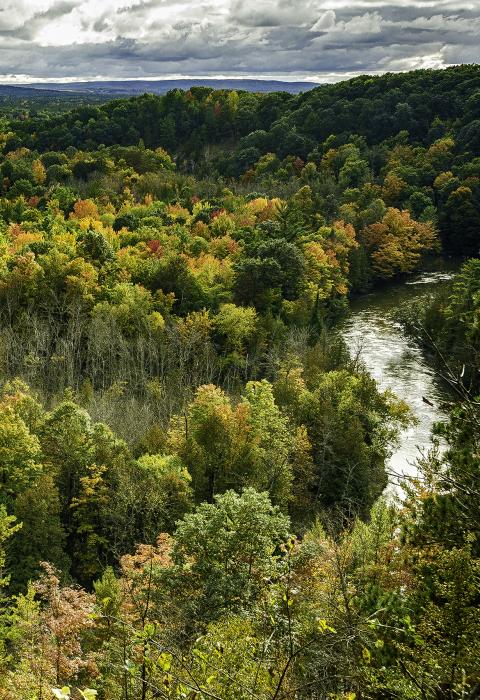Because of the complicated designations that Congress sometimes invokes, the calculation of designated miles of river is a complicated—and subjective—process. Many rivers were designated before the advent of GIS, satellite measurements, etc. Many designations were made by congressional staff with a map and wheel or simply a piece of string on a map. Add to that the fact that measurements may vary depending on whether one measures down the middle of a stream, inside/outside bends, or a particular braid in the river, or how many map points one includes.
Current mileage reporting begins with the original legislative language. From there, we make amendments according to the most recent figures reported in approved river plans (or “Comprehensive River Management Plans”), with the idea that as time progresses the ability to refine measurements improves. Even then, mileages will eventually vary; there are frequent flow-related changes in wetted area and longer-term changes in course. Both these physical changes and variations in the technique used to digitize the river will result in variability between a river’s reported and actual length at any given time.
There is tremendous variability in the reporting of the number of rivers designated. Some sources will report each tributary within a designation as a separate designation. Along that same line, an additional segment of a river added might result in an additional river being considered designated. The result is that some sources note over 400 rivers designated.
The council, on the other hand, considers all tributaries within a legislative action as one designation. Likewise, the Council considers an addition to an existing designation just that—an addition. The only time the Council lists two designations on the same river as separate designations is when the two are separated by considerable distance, like the Rio Grande designations in New Mexico and Texas.
With that as background . . .
There are 228 designations spread across 41 states and Puerto Rico. Only Hawaii, Indiana, Iowa, Kansas, Maryland, Nevada, North Dakota, Oklahoma, and Virginia do not have at least one designated river.
There are 13,466.8 miles of rivers designated, with 4,019.3 miles classified as recreational, 2,995.4 miles scenic, and 6,452.1 miles wild.
Oregon easily has the most designations with 68, but at 2,321 miles it comes in second behind Alaska's 3,210.0 miles spread amongst 25 rivers.
Because it includes numerous tributaries, the Snake River Headwaters in Wyoming is the longest designation at 413.5, just ahead of the Eel River in California (also with multiple tributaries) at 398.0 miles, and the 392.0 miles of Alaska's Fortymile River.
To see the complete list of rivers and mileages, please download our Rivers Table.


